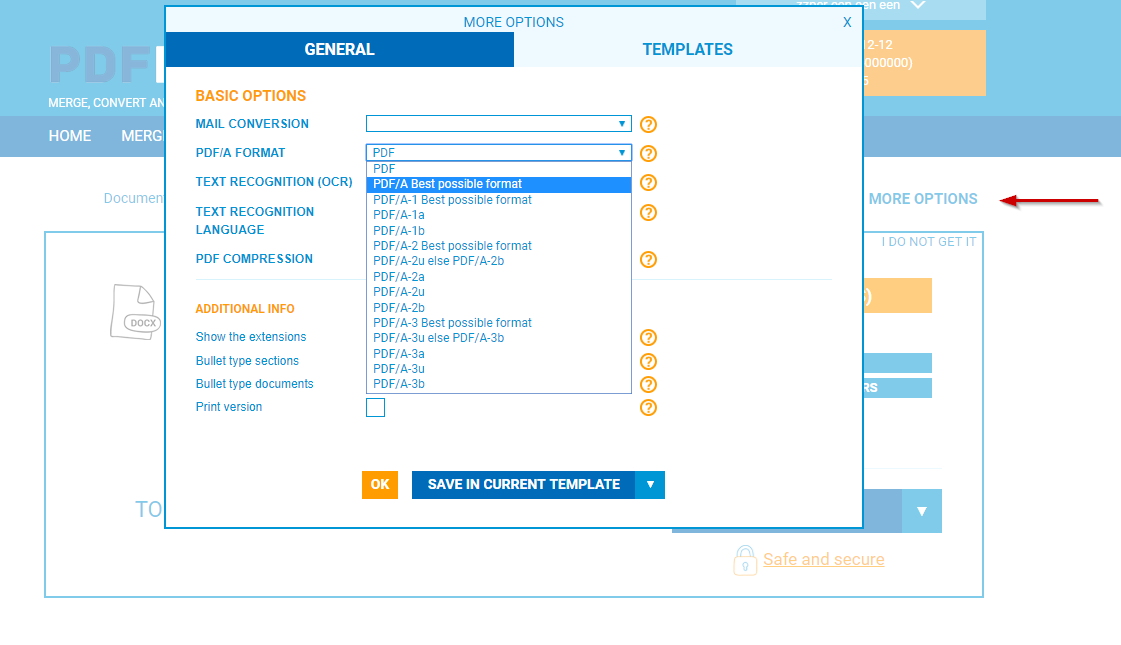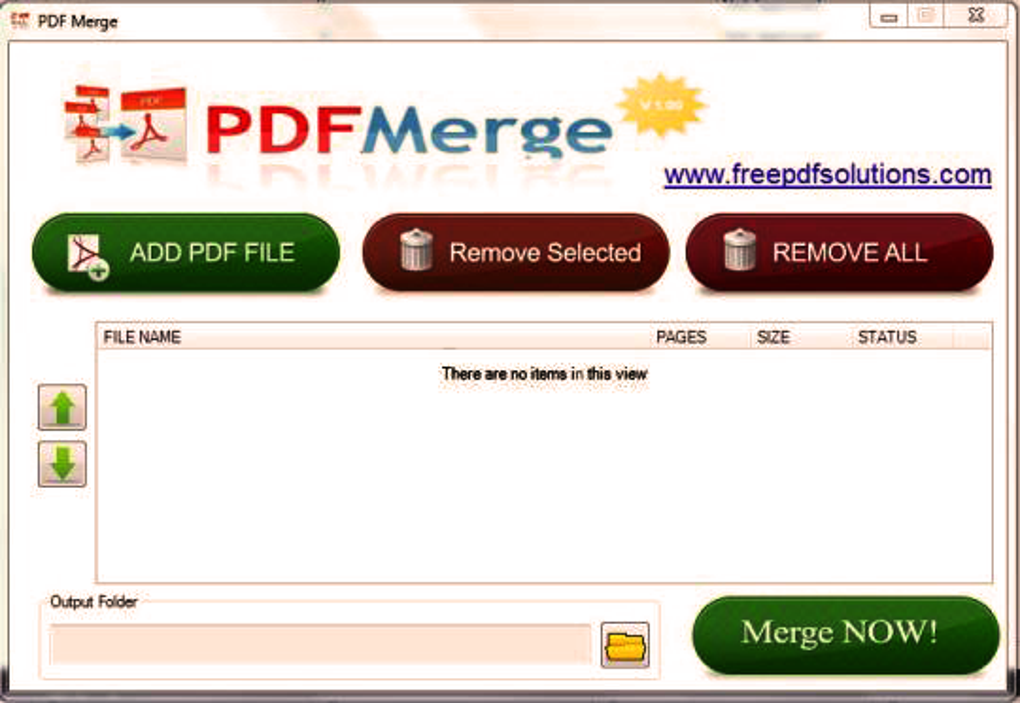

For more details about this class and other functionalities, please refer the below link:

LO_CL_MERGE is an object of class cl_rspo_pdf_merge. Lo_cl_merge->merge_documents( IMPORTING merged_document = gv_merge ). Lo_cl_merge->add_document( lv_pdf_data ). Call 2nd Adobe form in which we want to merge the image as pdf and collect it’s raw data in the internal table GT_PDF:.Call FM for 1st Adobe Form from step 1 and collect it’s raw data into an internal table GT_PDF:.READ TABLE file_table INTO DATA(ls_file) INDEX 1. Upload an image file from local system.Ĭl_gui_frontend_services=>file_open_dialog(.
#ONLINE JPG TO PDF CONVERTER MERGE DRIVER#
I will use that in this tutorial.Ĭreate a driver program with the following steps: I’ve already created another Adobe form ZPB_HIDE_TABLE_COLUMN with simple table display. We are done with creation of 1st Adobe form in which any image from driver program can be uploaded as PDF and then it needs to be merged with any existing Adobe form. Set the graphics node properties as follow:Ĭreate an Image field UI in form layout and bind it with GRAPHICS node created in the context. In context of form, create a Graphics Node as follow: They later gave way to modern iterations such as WebP. Let’s explore the technical set-up to achieve above requirements.Ĭreate an Adobe form ZPB_TEST_CONVERT_JPG, Interface ZPB_TEST_CONVERT_JPG with an import parameter as GV_CONTENT of type XSTRING. Compressed formats such as JPG and GIF became more popular, sacrificing some image quality and sharpness to produce smaller file sizes. Merge the Image raw data with existing Adobe form.So I explored this with following use cases: If there is any image files (mostly in “.jpg”) saved at Purchase Order, these should be merged with PO Output form and send it back to vendor. Their requirement was to attach the images saved in PO and display along with PO Output Form. But how we can merge an image in existing forms in Adobe? Recently, one of community members asked such kind of scenario and possibilities. We can use Image Field UI and bind the required image. You would typically create a PDF if you wanted to ensure document fidelity, to make it more secure, or to create a copy for storage.It’s very common business case where we need to add an image (jpg/bmp etc.) in an adobe form. Creating a PDF can involve compressing a file, making it take up less storage space. They can be viewed on almost all devices. PDF files aren’t typically created from scratch, but are usually converted, saved or ‘printed’ from other documents or images before sharing, publishing online or storing. It is maintained by the International Organisation for Standardization (ISO). The PDF format is now a standard open format that isn’t just available under Adobe Acrobat. The format has evolved to allow for editing and interactive elements like electronic signatures or buttons.
#ONLINE JPG TO PDF CONVERTER MERGE SOFTWARE#
It was developed by Adobe so people could share documents regardless of which device, operating system, or software they were using, while preserving the content and formatting. PDF stands for ‘Portable Document Format’ file. This compression can affect quality, but this loss of quality isn’t noticeable to most users.

JPG is a ‘lossy’ format, meaning that it is compressed to save storage space and make it easier to share. JPEG stands for Joint Photographic Experts Group, which is the name of the committee that standardised the format. However, you can usually adjust settings to save into other formats if needed. Many cameras, smartphones, and basic photo or drawing programs will automatically save into JPG format. JPGs are 2D pixel-based ‘raster’ images, which makes them better for photographs or scans, rather than digital illustrations which are often better as ‘vector’ images. JPG is a universal format which can be opened by almost all image-viewing or -editing programs, by web browsers, and by certain other apps, and they’re supported by most devices. JPG, or JPEG, is one of the most widely used digital image formats.


 0 kommentar(er)
0 kommentar(er)
